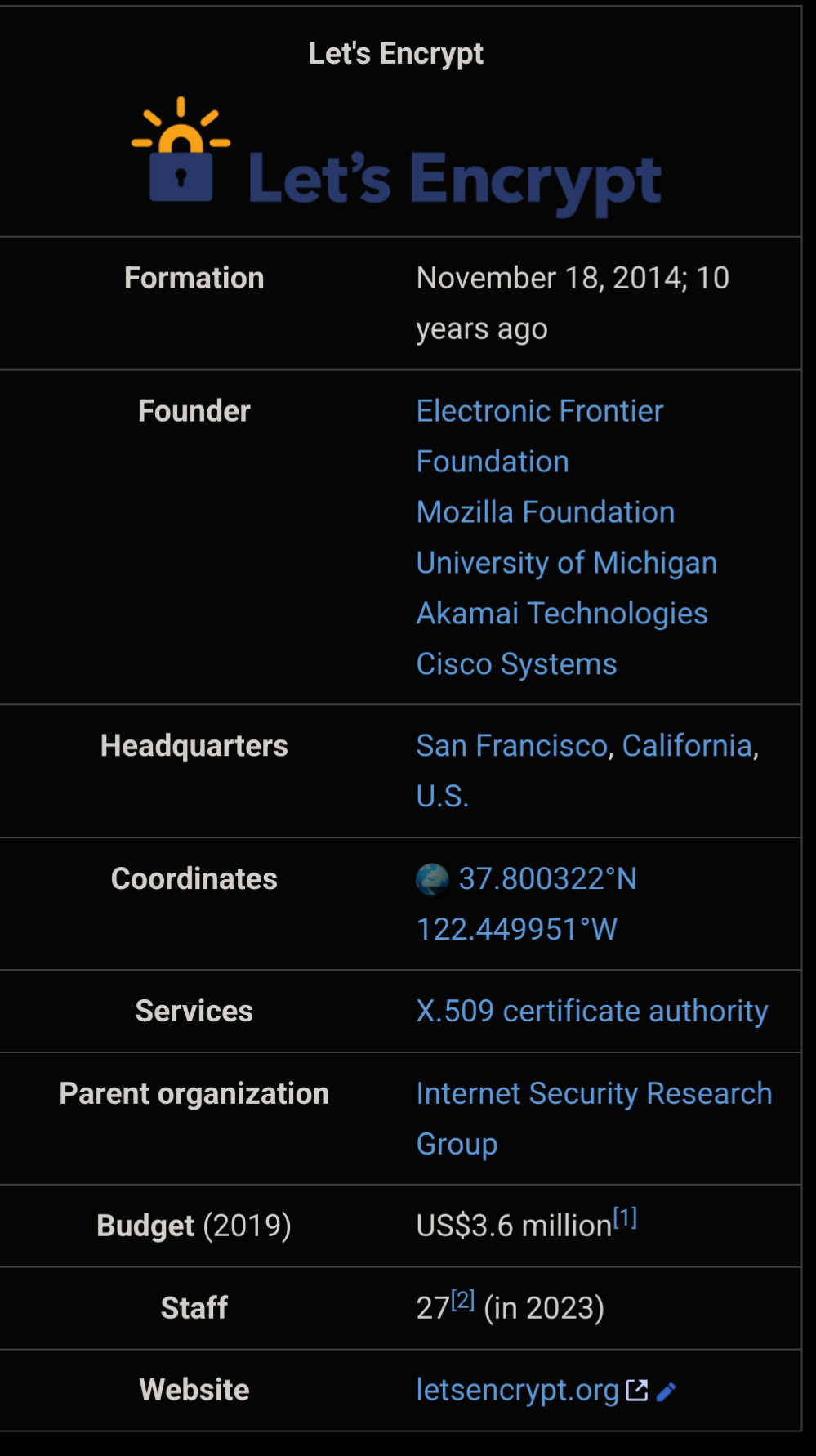Selfhosted
A place to share alternatives to popular online services that can be self-hosted without giving up privacy or locking you into a service you don't control.
Rules:
-
Be civil: we're here to support and learn from one another. Insults won't be tolerated. Flame wars are frowned upon.
-
No spam posting.
-
Posts have to be centered around self-hosting. There are other communities for discussing hardware or home computing. If it's not obvious why your post topic revolves around selfhosting, please include details to make it clear.
-
Don't duplicate the full text of your blog or github here. Just post the link for folks to click.
-
Submission headline should match the article title (don’t cherry-pick information from the title to fit your agenda).
-
No trolling.
Resources:
- selfh.st Newsletter and index of selfhosted software and apps
- awesome-selfhosted software
- awesome-sysadmin resources
- Self-Hosted Podcast from Jupiter Broadcasting
Any issues on the community? Report it using the report flag.
Questions? DM the mods!
view the rest of the comments

It's mind-bogglingly convenient, especially compared to the before times. Consider donating to them if you can.
What was it like in the before times?
I remember taking my first selfhosting/Linux steps a year or so after the launch of Let's Encrypt with a Pi 3. At the time, most tutorials didn't set up https at all, and if they did, they were self signed certificates (resulting in browser warnings).
Self-signed certificates are annoying and creating them was a series of copy pasting long, weird commands, usually using long exspiration dates (manual renewing sucks).
Not long after, guides started recommending certbot. Nowadays reverse proxys like caddy set up TLS automatically.
At least that's how I remember it, given my complete lack of knowledge about Linux at the time.
You had to request certificates manually from providers like a savage.
We walked uphill both ways.